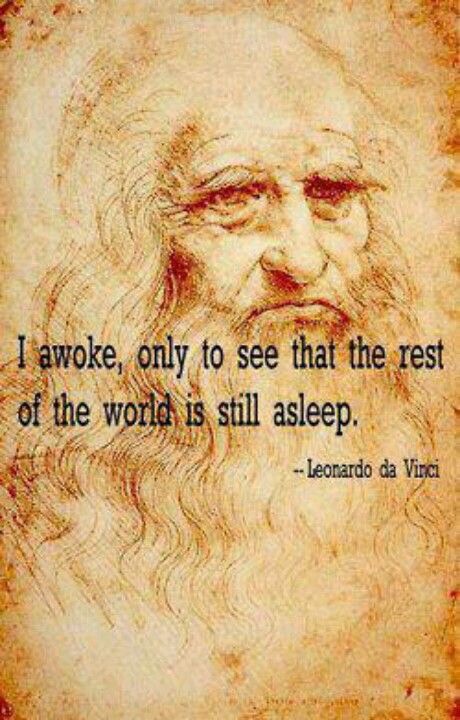Education in America is unconnected. In order for students to succeed this has to change. Connected learning happens when educators not only transfer knowledge, but also show relevancy of this knowledge while being aware of the human condition of the student. School that was created in the Industrial Age is no longer meeting the needs of the students today. We have students graduating unprepared for college or work, students who have no idea what they want to do with their lives, and students who are suffering from more anxiety and more learning disabilities than any other generation in history. Educators must rethink how we enlighten students facing new challenges in the world today for tomorrow.
My hand is the extension of the thinking process — the creative process. — Tadao Ando
Transferring knowledge is the one key purpose of education. How we do this is what makes the difference in student success. It is time to engage students in the learning process. Sitting behind desks, listening to teachers is a one sided endeavor. There is little chance of connecting the student to the material being taught. We must move away from rote learning and engage students in the learning process. We must create learning spaces that allow for active learning.
“Tell me and I forget. Teach me and I remember. Involve me and I learn. -Benjamin Franklin
School should be an opportunity for students to discover how they are wired and what their hearts beats for. Schools today strive for sameness with mediocrity. Why do we want students who are virtually the same, if that were even possible? We must demonstrate relevance in learning. Students need to connect what they are learning to what they will be doing in the future. Perhaps we should also shift focus from student weaknesses to student strengths and magnify natural inclination. Students will be more confident and more connected to what life will be like in their future. We begin connecting dots for those who have entrusted us with their educational journey.
“You can’t connect the dots looking forward; you can only connect them looking backwards. So you have to trust that the dots will somehow connect in your future. You have to trust in something — your gut, destiny, life, karma, whatever. Because believing that the dots will connect down the road will give you the confidence to follow your heart even when it leads you off the well worn path; and that will make all the difference.” -Steve Jobs
Today we set a start line and a finish line in our race to graduation. This is no longer working. Students today are like personal computers filled with links to an array of interests vastly different than the student sitting next to them. They come from different life situations that can affect where they are in their journey to self. Students struggle to find meaning and purpose as learning disabilities become who they are, rather than how they think. Teachers must rethink how labeling undermines presence. All students have the ability and deserve the opportunity to become their greatest reflection of themselves. In the building of society, we all have a purpose. The human condition yearns for this self awareness of self. A connected education puts emphasis on this discovery process, regardless of where the student’s starting point begins.
The whole purpose of education is to turn mirrors into windows. — Sydney J. Harris
A connected education changes how we look at teachers. Teachers can no longer be reduced to microphones of packaged curriculums. Instead, teachers are architects of the future. They are building students who will not only be the foundation of our society, but the creators of the world we will live in. This task requires a connectivity for students that includes self awareness, self discovery, and also the active engagement in the process.
As we work along our various ways, there takes shape within us, in some sort, an ideal — something we are to become — some work to be done. This, I think, is denied to very few, and we begin really to live only when the thrill of this ideality moves us in what we will to accomplish. — Frank Lloyd Wright
In the future we will compete with robots and artificial intelligence. School today must nurture the human in students. Work tomorrow will be the work robots will never do. A connected education will nurture the human spirit, not the factory inspired schools of the past and present. Imagination, analytical thinking, the arts, humanities, science and entrepreneurship will blend together. These disciplines will not be separated but blended to compliment each other. In the book Leonardo Di Vinci written by Walter Isaacson, he points out that Leonardo in regards to art and Science, described by the curator of Windsor Chapel, “I do not think Leonardo would have made the distinction.” As Steve Jobs elaborated in the same book, describing his hero “He saw beauty in both art and engineering, and his ability to combine them was what made him genius.” The future of education, in some ways, will be a revival of the joy of learning and its connection to the individual spirit,
If you don’t design your own life plan, chances are you’ll fall into someone else’s plan. And guess what they have planed for you? Not much. — Jim Rohn
The real danger is not that computers will begin to think like men, but that men will begin to think like computers. — Sydney J. Harris
Originally published at medium.com

